Blog

#bioPGH Blog: The LOWA Quest
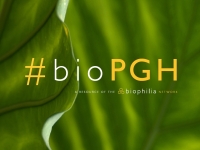 A resource of Biophilia: Pittsburgh, #bioPGH is a weekly blog and social media series that aims to encourage both children and adults to reconnect with nature and enjoy what each of our distinctive seasons has to offer.
A resource of Biophilia: Pittsburgh, #bioPGH is a weekly blog and social media series that aims to encourage both children and adults to reconnect with nature and enjoy what each of our distinctive seasons has to offer.
I always enjoy a trip outdoors, so earlier this week when Bob Mulvihill of the National Aviary said he was coming to Schenley Park to look for possible Louisiana waterthrush nesting, I jumped at the chance for a field morning! Plus, Bob is practically a walking naturalist library – who passes up the chance to keep learning? Read along, I’ll tell you all about a great morning in the park!
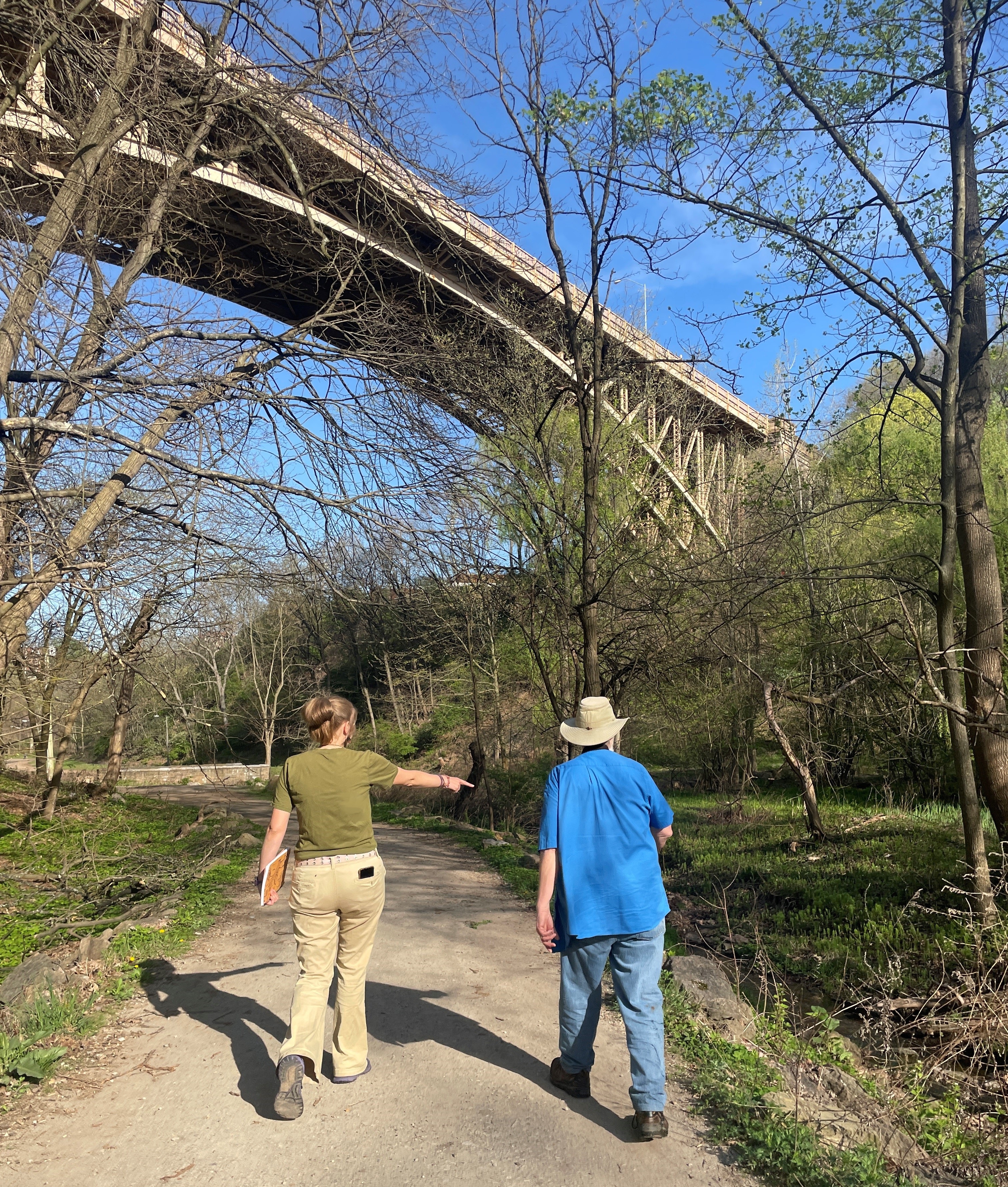
Hitting the trail!
As a bit of backstory, why are the Aviary and their research partners interested in Louisiana waterthrush? (I’m going to call them LOWA for the rest of the post; it is their American Ornithological Union abbreviations.) These birds across our part of the state are being monitored as a part of a study looking at LOWA as “bioindicators,” a species that can tell us something about the quality of the habitat. For example, LOWA eat aquatic macroinvertebrates like dragonfly larvae and stone fly larvae – if those aquatic critters live in waters contaminated by some pollution sources, a chemical signature might show in the feathers of birds who have eaten those larvae. That way, researchers can determine if the birds are ultimately ingesting harmful compounds that have traveled through the food web. Researchers can also determine what diet items the LOWA chicks in polluted versus unpolluted areas have been eating by analyzing the fecal sacks of nestlings. LOWA chicks in the nest make droppings that are in contained “sacs” that the parents can pick up with their beaks and remove from the nest (some basic housekeeping). Ecologists can then collect those fecal sacs from outside the nest and analyze fragments of DNA left behind from the invertebrates the chicks were eating! Pretty cool, isn’t it?
So now to look for signs of Louisiana waterthrush or signs of nesting! After their spring migration, LOWA adults start arriving in Pennsylvania by late March, and begin working on their nests. Bob noted that in areas like Powdermill, by as early as April 20, LOWA might already have eggs – but that is when the birds like the habitat. LOWA have been observed in Schenley Park, but there isn’t a recent record of them nesting there. They prefer stream banks and undercuts near shallow, quick moving water – perfect for finding their preferred diet of aquatic macroinvertebrates. They also prefer to live along streams that have a full largely closed tree canopy above them.
“And it’s about more than just aesthetics,” Bob said. “Having a canopy overhead keeps a more even temperature, which is helpful for the stream because cooler water supports the macros.” That being said, he noted, a full canopy wasn’t necessarily a requirement but a strong preference. The trees above Panther Hollow Run were still leafing out, but we most likely wouldn’t have a closed canopy even in summer, but that wouldn’t necessarily be a deal breaker.
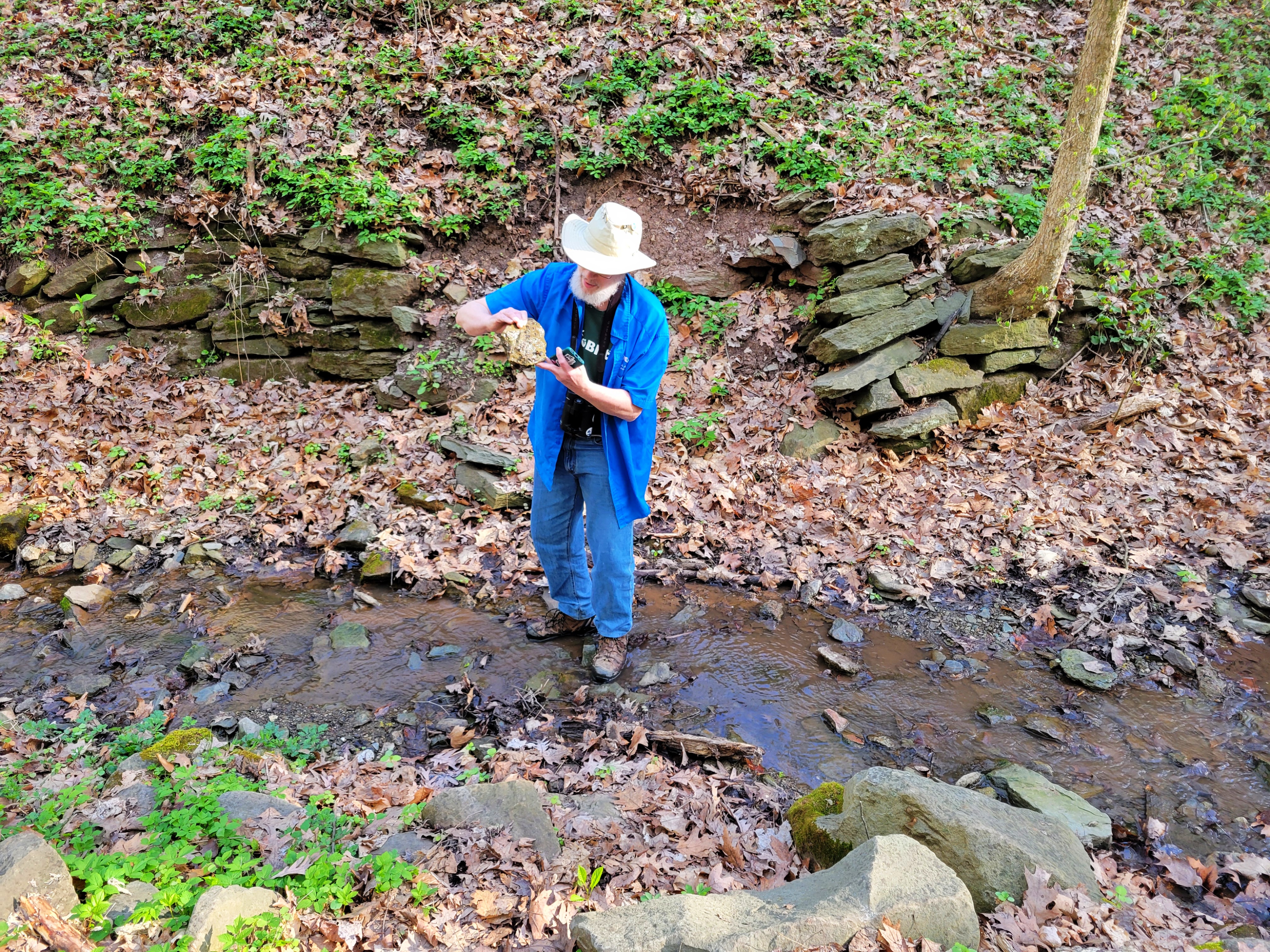
Bob checking out what aquatic macroinvertebrates might be in the stream.
We kept an eye out along the stream banks, looking for signs of a nest under logs, in tangles of plant materials, or in rock crevices. Some the signs we were looking for took a rather poopy turn, literally! LOWA leave behind perfect little white droppings, rarely splattered and with just a tiny dark center, on rocks in the stream as they forage for invertebrates.
![]()
“When you see those droppings linearly like that,” said Bob, pointing to three small boulders in a row each with a tell-tale plop of bird poop. “You know it’s going to be a LOWA moving along the stream foraging and leaving behind droppings. So we can be pretty sure that LOWA are here at least using the park, even if they aren’t nesting.”
In the end, we followed both Phipps Run and Panther Hollow Run without finding nests, but we concluded that LOWA are definitely in the park and foraging in the creeks. Which was still exciting and worth investigating! (But if you happen to spot a LOWA nest, note the location and let us know!) Besides, along the exploration, we saw all sorts of other signs of spring, from wildflowers like Virginia bluebells and trillium to fascinating plants like horsetail ferns and American bladdernut. It’s never a boring time to be outdoors!
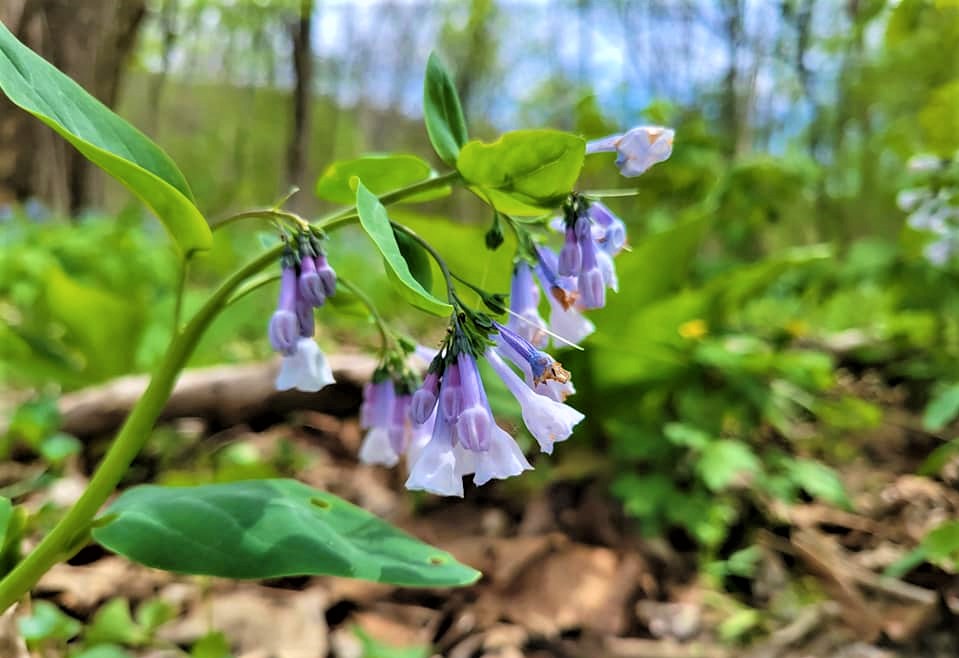
Virginia Bluebells, Mertensia virginica
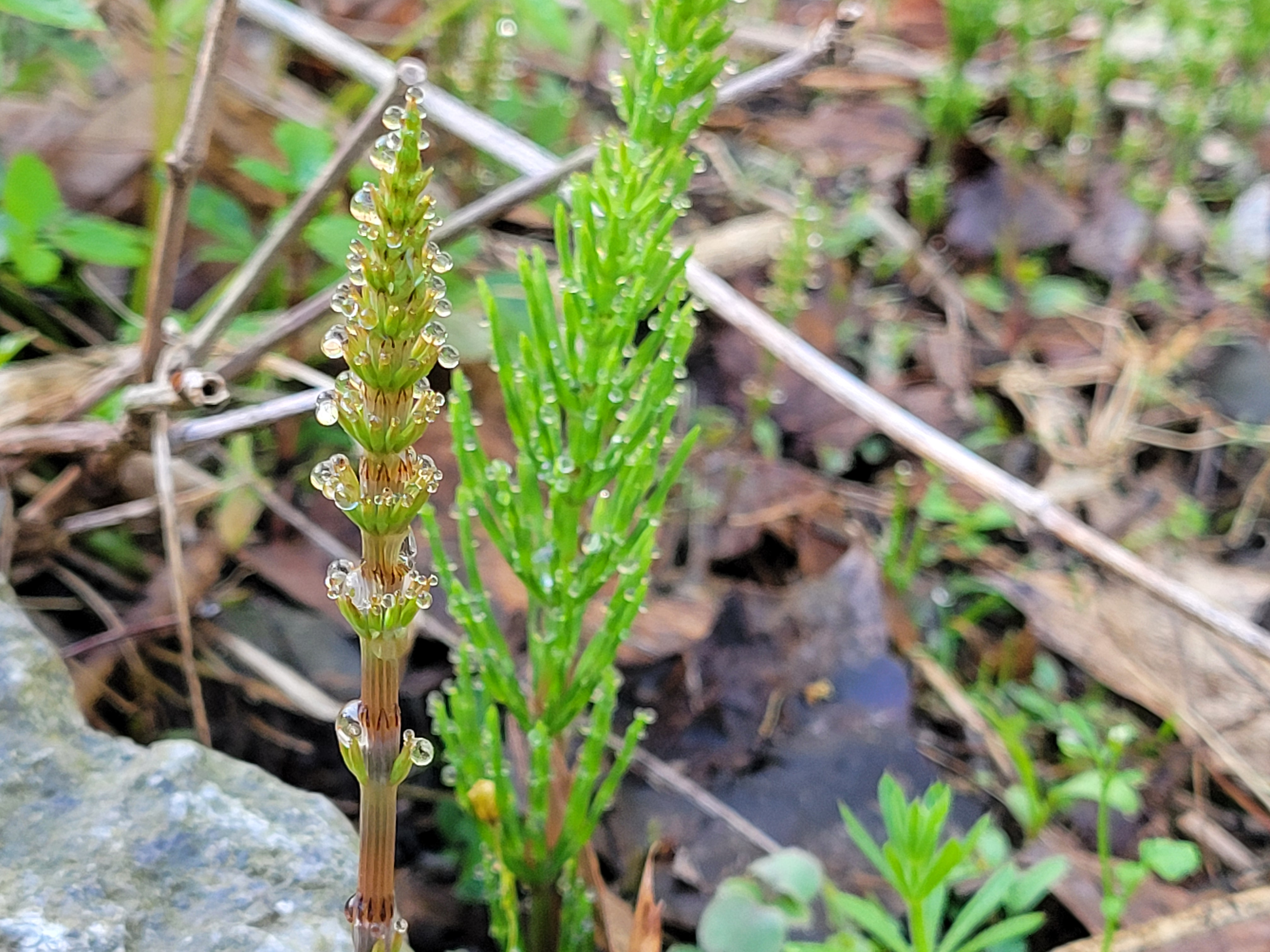
Field horsetail, Equisetum arvense

Louisiana Waterthrush, Parkesia motacilla. image - Charles Sharp, CC-BY-SA-4.0
Photo Credits: Cover, Bill Majoros, CC-BY-SA-2.0; Header, Pexels, CC-BY-SA-4.0

